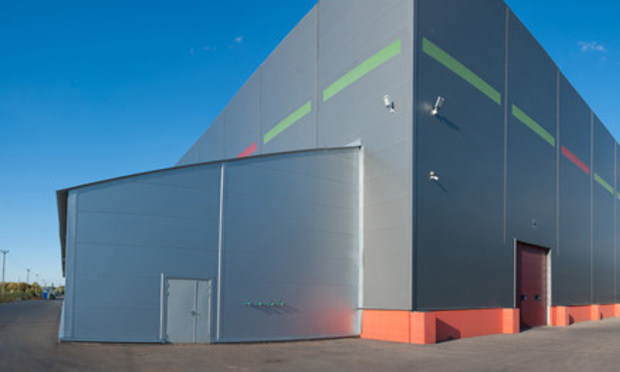Warehouse Developers Pushing Through Regulations in California Markets

Several cities and counties in California continue to oppose warehouse construction in their markets due to environmental and health impacts, the potential for farmland replacement, heat island effects and job quality. But some developers are overcoming the restrictions.
These projects lead to increased diesel truck traffic, which leads to poor air quality, respiratory illness and environmental injustice in low-income communities. Many jobs are seasonal or lower-wage and automation further limits long-term gains for local employment, according to Ed Del Beccaro, EVP and San Francisco Bay Area Manager of TRI Commercial Real Estate Services, Inc./CORFAC International.
Additionally, he cited moratoriums being enacted, such as in Redlands, which has implemented a temporary halt on new warehouse applications to draft regulations, especially as development has pushed far from highways.
In the Inland Empire, community groups in Fontana, Bloomington, Jurupa Valley, Moreno Valley and Hemet have mobilized significant opposition.
At the state level, courts in San Bernardino County have overturned approvals and laws, including AB 98, as well as buffer regulations to limit exposures and require mitigation.
AB 98 goes into effect on Jan. 1 and focuses on regulating the construction and operation of new or expanded warehouses that are 250,000 square feet or larger.
Among its key provisions are mandatory installation of energy-saving features such as solar panels, electric vehicle charging stations and a transition to zero-emission forklifts by 2030.
“Warehouses enable the efficient distribution, storage, and fulfillment of essential components that support advanced manufacturing operations, particularly in sectors such as semiconductors, aerospace, and clean tech,” Del Beccaro told GlobeSt.com.
“California is already a leader in several advanced manufacturing sectors. Most so-called advanced manufacturing plants are essentially ‘assembly plants,’ where parts are delivered, with some value-added customization added or modified in certain instances, and then assembled into a final product.”
Most manufacturing facilities rely on a supply chain ecosystem located in a 40-to-60-mile truck driving radius of the plant. The manufacturing facility operating in the “just in time model” usually wants the desired parts in a four-to-24-hour delivery window.
Local Airports and ocean ports are included in this supply chain geographic radius. Manufacturing Plants also usually have adjoining warehouses to store parts.
“Warehouses are also economic drivers, which often bring jobs (albeit sometimes criticized as low-wage), support logistics industries, and connect manufacturers to global markets,” Del Beccaro said.
“But you can’t have one without the other. Many geographic areas—like the Inland Empire—offer proximity to ports (Los Angeles, Long Beach), or the East Bay/Solano County (Oakland, Richmond, Stockton) metro areas have highways and rail, making them ideal for warehousing that boosts regional competitiveness.”
Agribiotech and advanced food manufacturing are attractive industries, he added.
“The Central Valley produces many export crops, such as almonds, rice, cotton, and pistachios, that are exported as commodity crops, but with value-added advanced food processes that are ideal for export and need warehousing,” according to Del Beccaro.
But certain areas are overcoming objections, Del Beccaro said. In the Inland Empire, thousands of warehouse projects exist, with hundreds more proposed or currently under review. Plus, outside the area in Salinas, a two-million-square-foot Amazon distribution center is under construction.
Source: GlobeSt/ALM